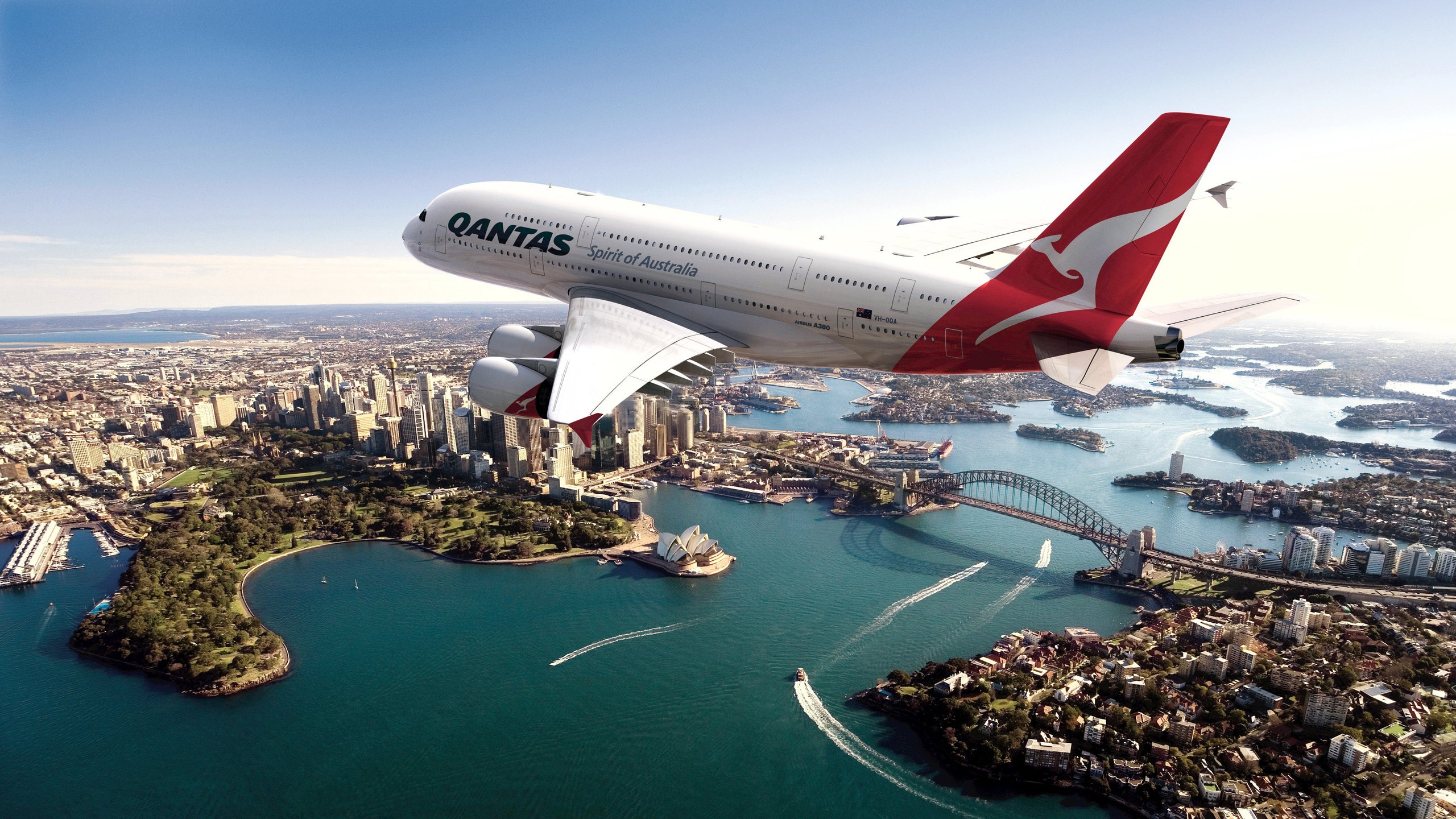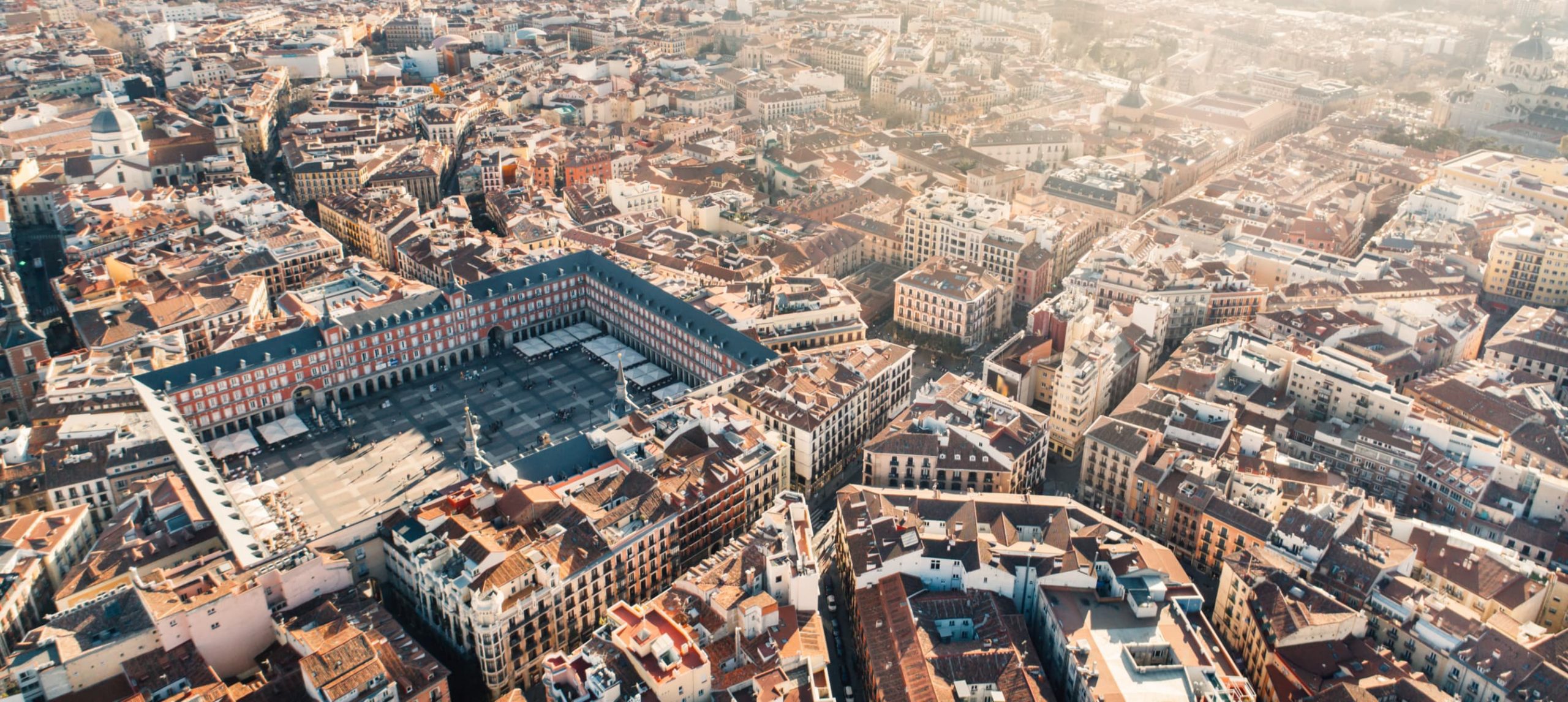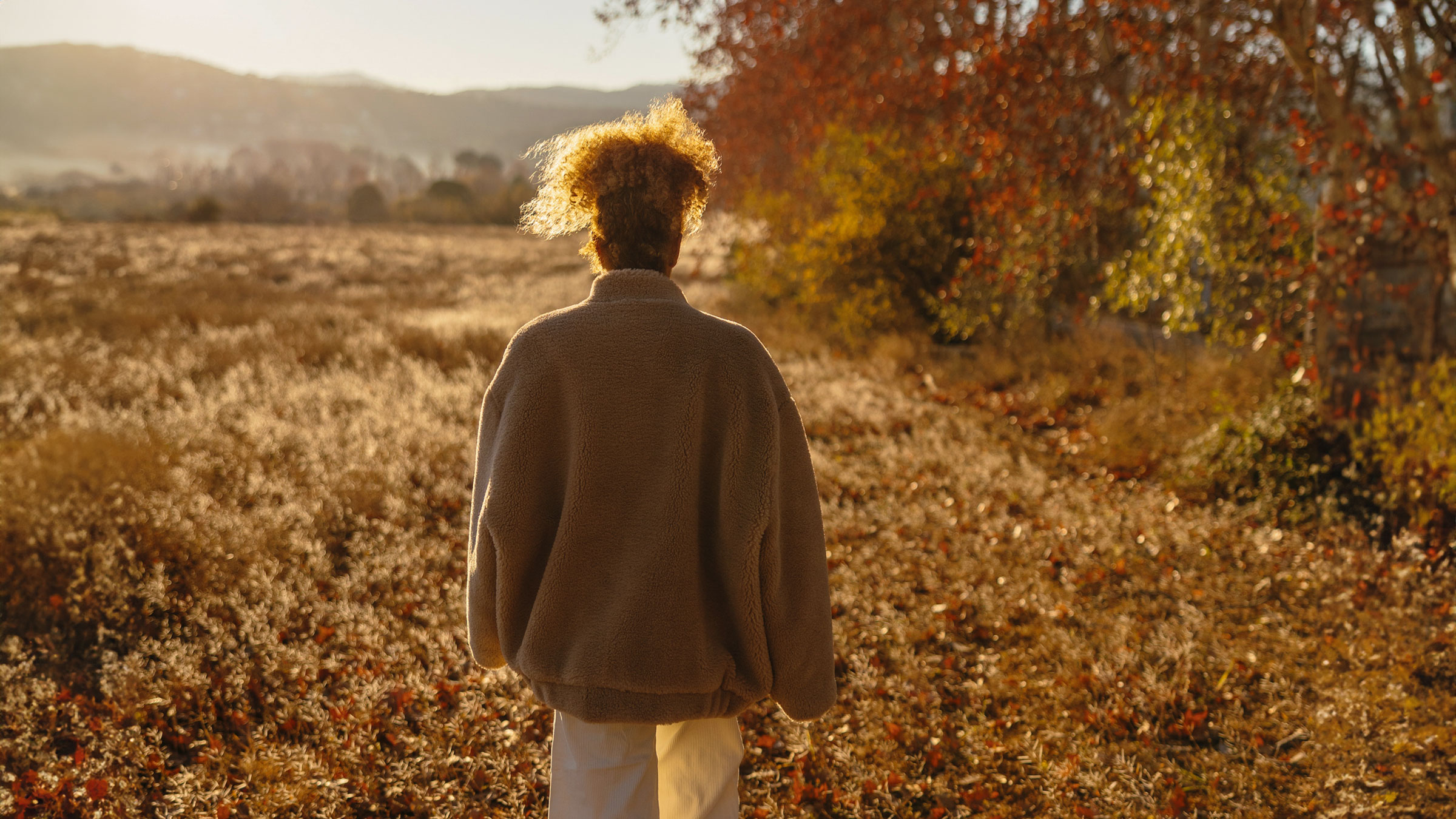A Visitors Guide to the Castel Sant’Angelo
Welcome to the timeless bastion of Roman history, where the echoes of ancient tales resonate within its formidable walls. Castel Sant’Angelo stands as a symbol of resilience, guarding the secrets and stories of centuries past. Quick Jumplinks Castel Sant’Angelo:...
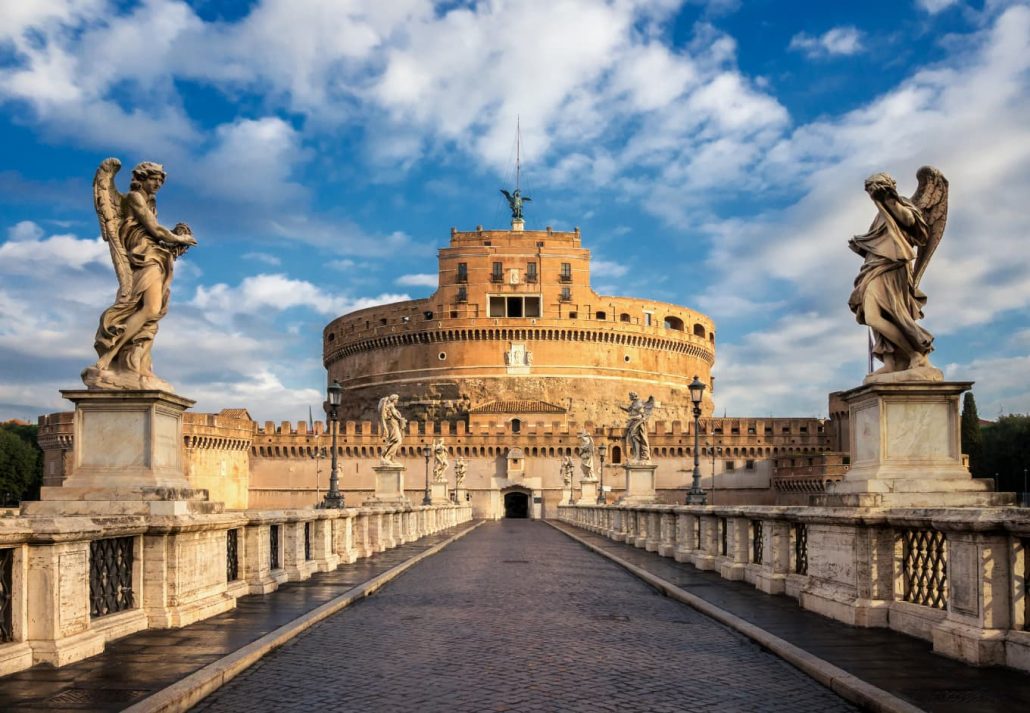
Welcome to the timeless bastion of Roman history, where the echoes of ancient tales resonate within its formidable walls. Castel Sant’Angelo stands as a symbol of resilience, guarding the secrets and stories of centuries past.
Key Information: Castel Sant Angelo
📍 Location: Castel Sant’Angelo is situated on the right bank of the Tiber River, near the Vatican City, in Rome, Italy.
👷🏻♂️ Architect: Originally commissioned by the Roman Emperor Hadrian as a mausoleum for himself and his family in AD 135, it was later converted into a fortress by popes in the Middle Ages.
🚗 How to Get There:
By Metro: The closest metro station is “Lepanto” (Line A), from where it’s about a 10-15 minute walk.
By Bus: Various bus routes connect to Castel Sant’Angelo. Check local schedules for the most convenient option.
By Foot: It’s also reachable by foot from many central locations in Rome, particularly from the Vatican area.
🕒 Timings: Typically open from 9:00 AM to 7:30 PM daily, with some seasonal variations.
🎟️ Ticket Cost: Ranges from €15 to €20, with discounts for students, seniors, and children.

Castel Sant’Angelo: A Legacy of Emperors and Popes
In the heart of the Eternal City stands a monument that has withstood the test of time, guarding the secrets of emperors and pontiffs alike. Originally commissioned by the Roman Emperor Hadrian as a mausoleum for himself and his family, Castel Sant’Angelo transcended its funereal purpose to become a papal fortress and residence.
The foundation of Castel Sant’Angelo, originally known as Hadrian Mausoleum, bears witness to the grandeur of Ancient Rome. Built by Emperor Hadrian in the 2nd century AD, this cylindrical structure housed the ashes of the emperor and his successors until its transformation into a papal fortress in the Middle Ages.
Exploring the Papal Fortress
As you step visit Castel Sant’Angelo, you’re greeted by a treasure trove of history. Wander through the corridors that once echoed with the footsteps of succeeding emperors and popes. Marvel at the Papal Apartments adorned with exquisite frescoes and intricate décor, offering a glimpse into the opulent lifestyle of Renaissance pontiffs.
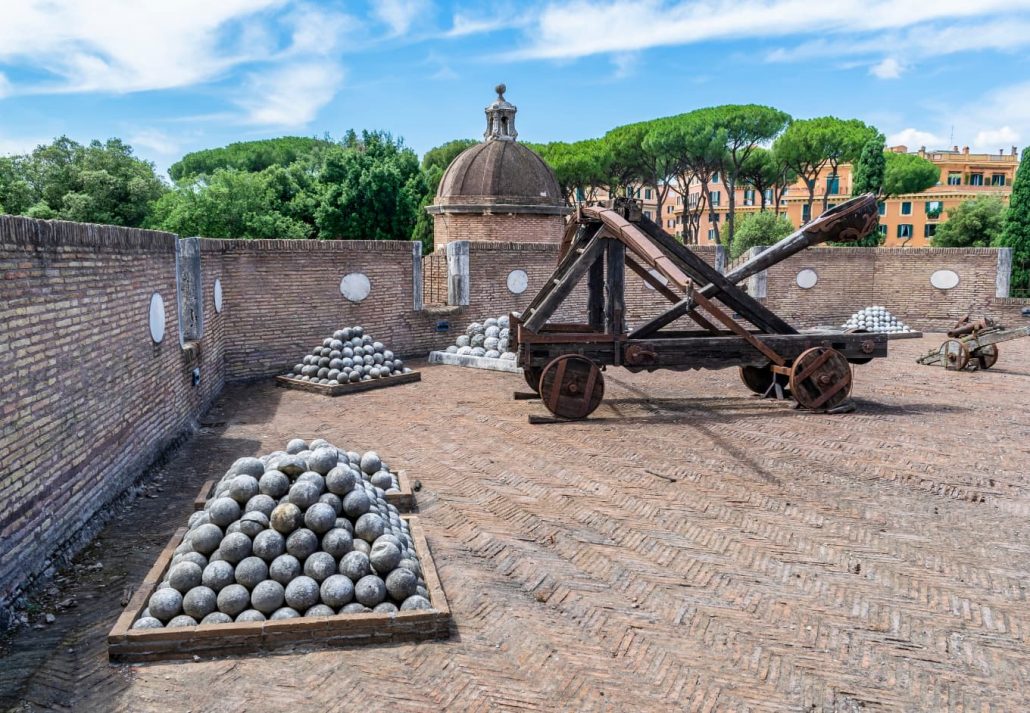
Don’t miss the breathtaking view from the terrace, where the majestic Angel statue, atop the castle, watches over the cityscape. Learn about the legendary Sant’Angelo Castel, adorned with angelic sculptures, and its significance as a link between the castle and the Vatican City.
Delving Deeper into History
For history enthusiasts, a visit to the Museo Nazionale di Castel Sant’Angelo is a must. Dive into the rich tapestry of exhibits showcasing artifacts spanning from the time of Emperor Hadrian to the papal reigns of Pope Gregory and beyond. Explore the military history of the fortress, from its strategic role in defending besieged Rome to its transformation into a military building during the Renaissance period.
Venture outside the castle walls and cross the Ponte Sant’Angelo, a bridge adorned with ten angelic sculptures, each carrying symbols of Christ’s passion. Originally commissioned by Pope Clement VII, these majestic statues serve as a symbolic gateway between the earthly realm and the spiritual realm of Vatican City.
Attractions Nearby: A Tapestry of Cultural Splendour
Adjacent to Castel Sant’Angelo lies the illustrious Vatican City, home to St. Peter’s Basilica, the Vatican Museums, and the Sistine Chapel. Immerse yourself in the awe-inspiring beauty of these sacred sites, adorned with priceless artworks by masters like Michelangelo and Raphael.
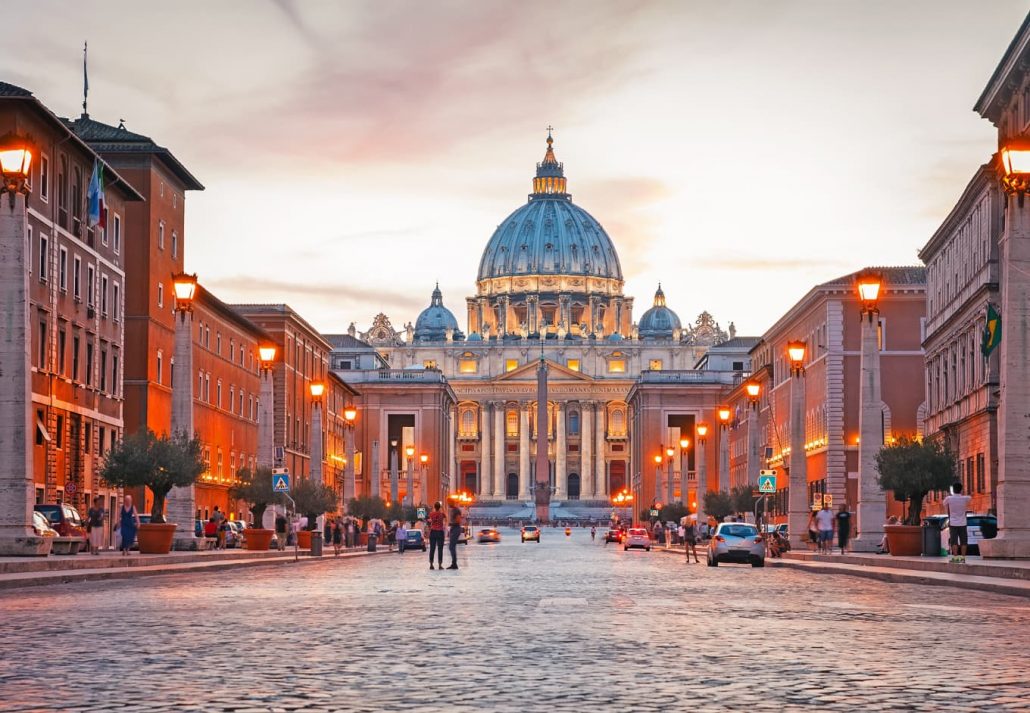
Stroll along the banks of the Tiber River, tracing the footsteps of ancient Romans amidst the remnants of the Roman Forum and the imposing Aurelian Walls. Explore the charming Piazza Navona, bustling with street artists and café culture, offering a quintessential Roman experience.
Luxury And Affordable Stay Options Nearby
For travelers seeking luxury accommodations near Castel Sant’Angelo, the riverside district of Prati offers an array of opulent hotels with stunning views of the Tiber River. Indulge in the lavish amenities and impeccable service of renowned establishments such as the Hotel de Russie or the Gran Meliá Rome Villa Agrippina. These five-star hotels exude elegance and sophistication, providing a luxurious retreat in the heart of Rome.
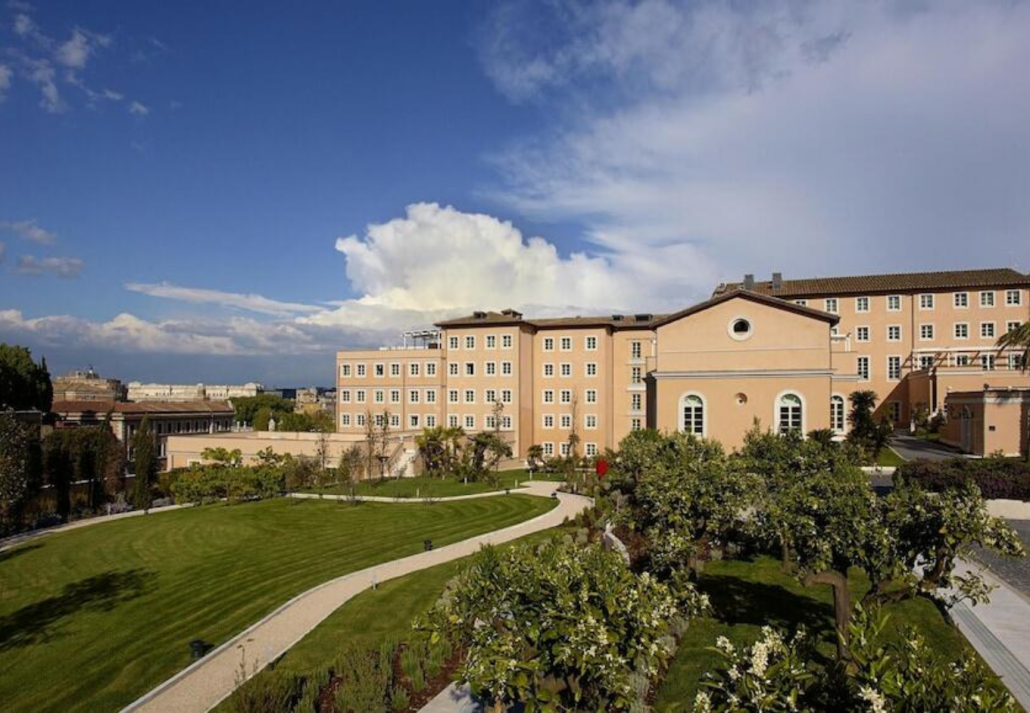
Alternatively, Charming guesthouses and budget-friendly hotels, such as Hotel Sant’Angelo or Hotel Adriano, offer comfortable rooms and convenient access to the city’s top attractions.
FAQs
Is Castel Sant’Angelo wheelchair accessible?
Yes, Castel Sant’Angelo is accessible to wheelchair users. Elevators and ramps are available to facilitate access to different levels of the fortress.
Are guided tours available at Castel Sant’Angelo?
Yes, guided tours are available, offering insightful commentary on the history and significance of the fortress. Visitors can opt for guided tours in multiple languages for a more enriching experience.
Can I purchase tickets to Castel Sant’Angelo in advance?
Yes, it is possible to purchase tickets online in advance. Pre-booking tickets allows visitors to skip the long queues and secure their preferred time slot for entry.
Are there any restrictions on photography inside Castel Sant’Angelo?
Photography for personal use is generally allowed. However, flash photography may be restricted in certain areas to preserve the integrity of delicate artworks and artefacts.

 BigThink
BigThink 









